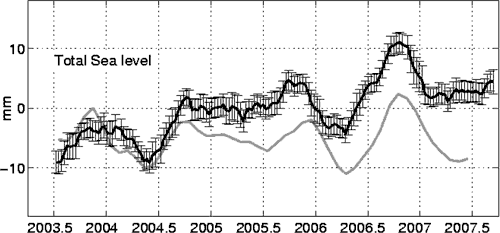Pues precisamente este nuevo post vuelve a demostrar que no sobraba mi petición.vicrod escribió:Será mi incapacidad de razonar, no lo dudo, aunque si es así, como comprenderas es algo que escapa a mi intencion, con lo cual tu peticion sobraba un poquito, pero en fin...
Vuelvo a citar a Boltzmann:
Boltzmann escribió:Existen muchas áreas de la ciencia en la que hay conflictos. Debates reales. Conflictos reales. Incluso muchos relacionados con el clima. Pero de eso nadie trae nada aquí. Ni una palabra. Porque eso que os anima a traer un debate sobre lo que no tenemos ni puta idea no existe para esas materias donde hoy hay controversia científica real. ¿Dónde está aquí el que quiere discutir sobre la energía de vacío del universo? Este debate es real. Existe en el mundo científico. ¿Dónde está aquí el debate sobre los mecanismos de la metástasis? ¿Alguien se ha preguntado qué cojones hace defendiendo una forma de negacionismo sobre un tema del que no tiene ni puta idea? ¿Y se ha preguntado qué lo ha llevado a tomar posiciones en este debate y no otro? Quizás porque este se puede asociar directamente con cuestiones extracientíficas. O quizás alguien ha tenido éxito en tratar de sacar este debate de donde corresponde.
La cosa es fácil. A veces no vale con traer artículos con apariencia de ciencia en estado puro (referencias, firmas aparentemente autorizadas, etc.). Especialmente en los casos tan populares como este. A veces es necesario además saber de lo que se habla.
Ese diagrama está tomado de un articulo que se apoya en más de 100 referencias de primer nivel sobre el tema. Como comprenderás, para llegar al nivel de poder discutir acerca de lo que se presenta hace falta algo más que un ratillo.vicrod escribió:Me he molestado, y sigo sin entender nada, no está explicado como para que un lego pueda ni empezar a ver el sentido de su argumento
Ponen un diagrama que segun ellos lo explica todo, que es este
El conocimiento es así. Quizás lo acabas de descubrir, hay gente que sí trabaja en paleoclimatología.
Lo que es patético es que haya que darte otro guantazo dialéctico para que asumas, a ver si de una vez por todas, que, sobre este asunto concreto de la evolución histórica del CO2 atmósferico absolutamente nada personal de interés tienes que aportar.
Es decir, que para rebatir 100 referencia de primer nivel, necesitas otras tantas de ese mismo nivel, y no un par de argumentaciones chistosas.
Es decir, que habría que trabajar, y mucho...
He ahí tu problema con skepticalscience.









